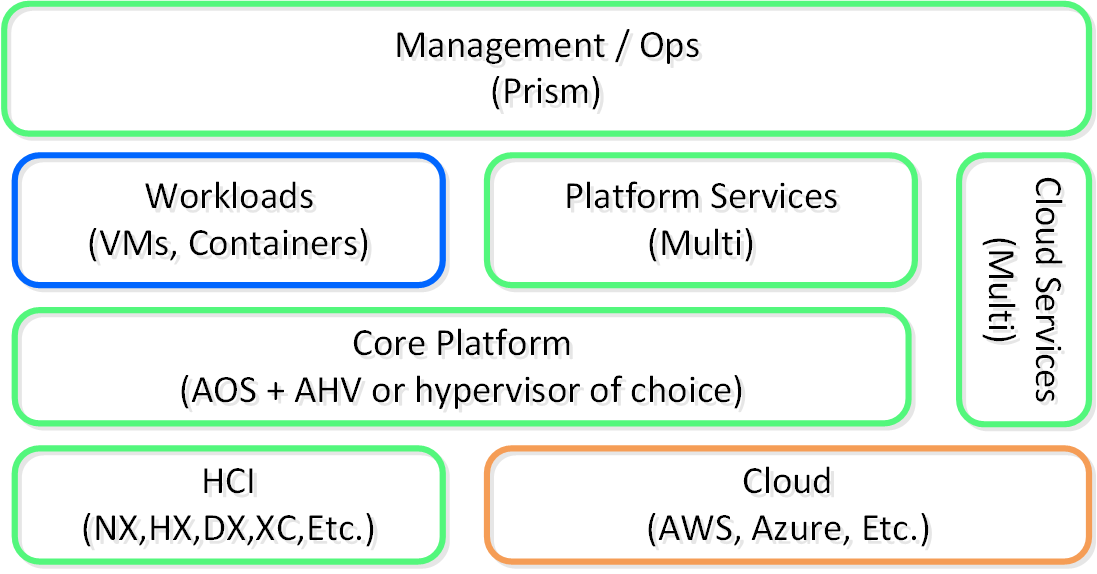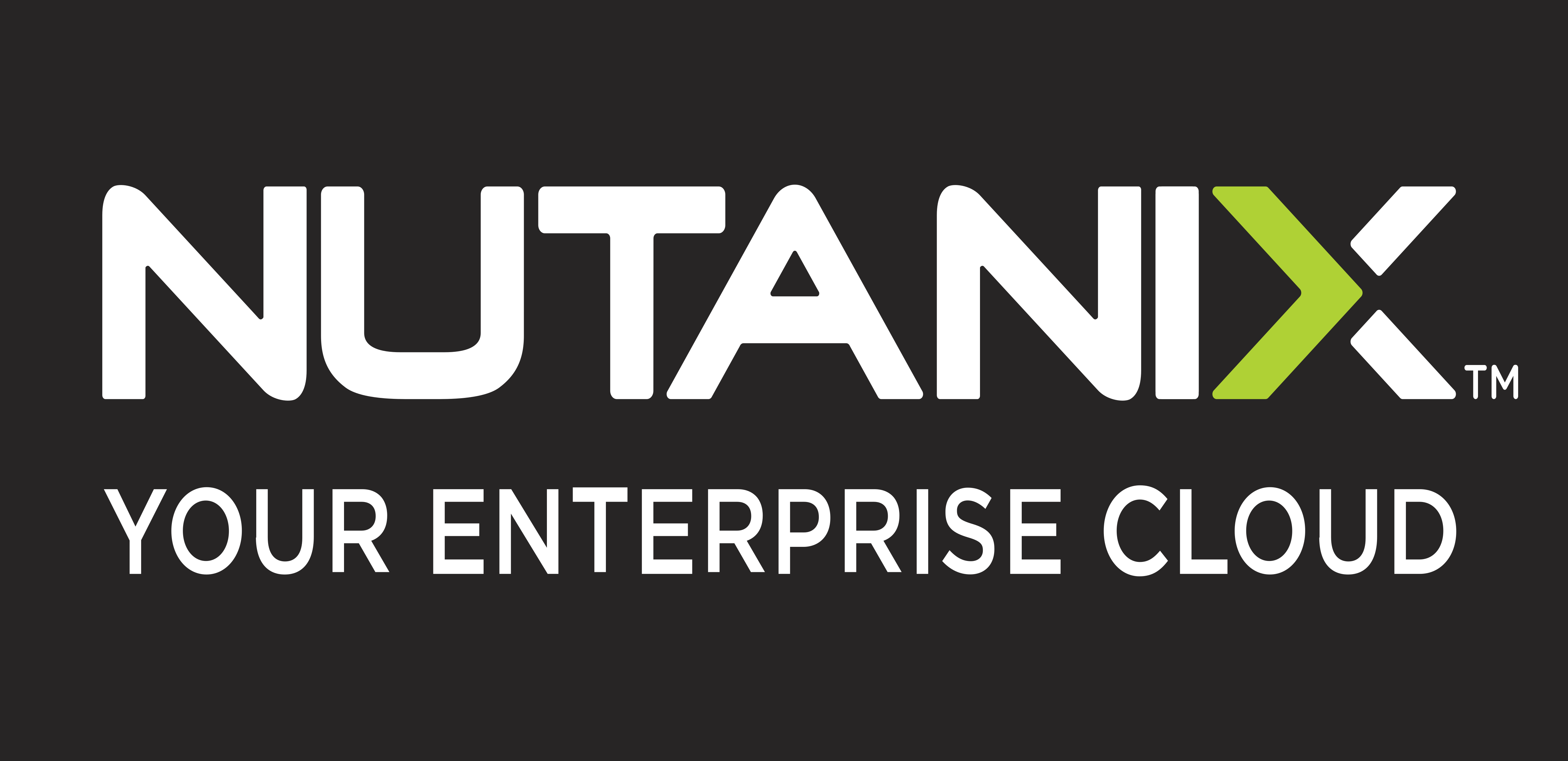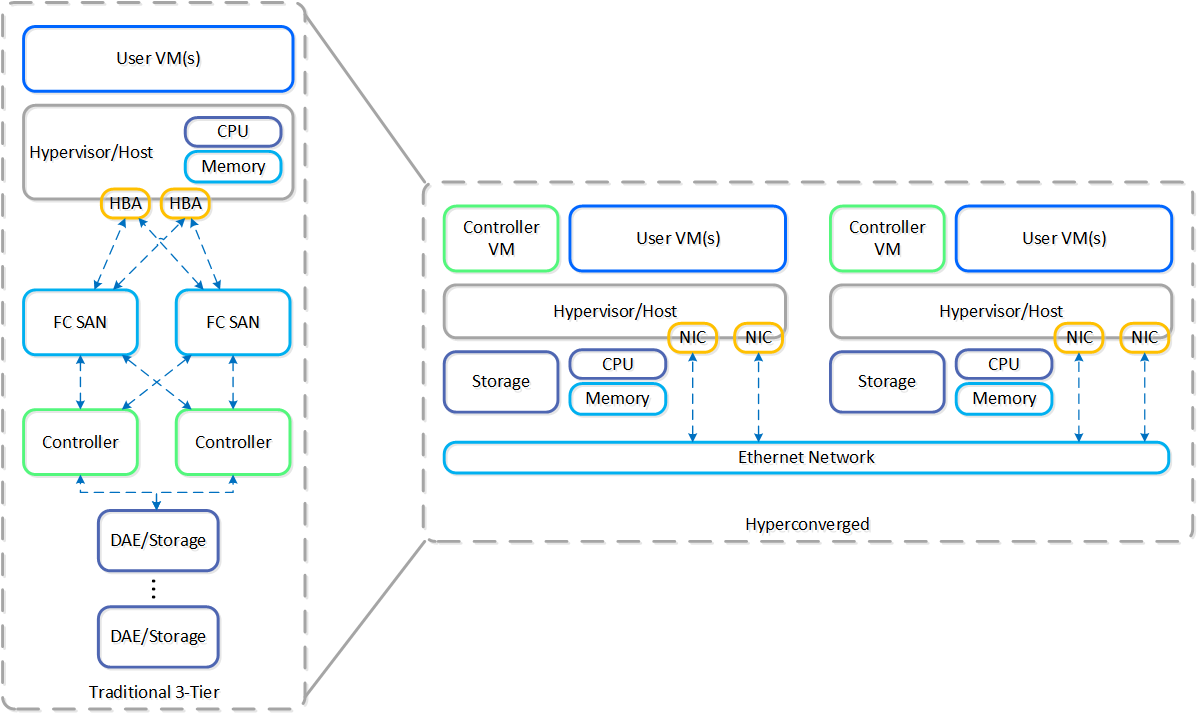

- VIEW NUTANI CVM UID ARCHIVE
- VIEW NUTANI CVM UID CODE
- VIEW NUTANI CVM UID PASSWORD
Part XXIII (Monitoring WordPress with Jetpack RESTful API). Part XXII (Monitoring Cloudflare, include beautiful Maps). Part XIX (Monitoring Veeam with Enterprise Manager) Shell Script. Part XVII – Showing Dashboards on Two Monitors Using Raspberry Pi 4. Part XVI – Performance and Advanced Security of Veeam Backup for Microsoft Office 365. Part XV – IPMI Monitoring of our ESXi Hosts. Part XIII – Veeam Backup for Microsoft Office 365 v4. Part XII (Native Telegraf Plugin for vSphere). Part VIII (Monitoring Veeam using Veeam Enterprise Manager). Part I (Installing InfluxDB, Telegraf and Grafana on Ubuntu 20.04 LTS). VIEW NUTANI CVM UID ARCHIVE
VBO v6 – Self-Service Portal and Native Integration with Azure Archive and AWS S3 Glacier.Veeam announces enhancements for new versions of Veeam Backup for AWS v4/Azure v3/GVP v2.Veeam Announces Support for Red Hat Enterprise Virtualization (RHEV/KVM).
VIEW NUTANI CVM UID PASSWORD
I created the func EncodeCredentials which encodes the input parameter username and password as required. Nutanix REST API requires a base64 encondig which is included in the “encoding/base64” package. EVERY http method sends the username and password in a encoded fashion. I wrote an example which shows how the basic authentication works. GO Authenticate via “Basic Authentication” The user credentials are stored in a cookie. The user provides user-id and password every time a request is send as the auth-header.

There are two methods to authenticate to the Nutanix REST API. check if we are connected via loginsuccess.Set or receive a cookie for subsequent http methods.Send username and password with the request.Request pre_login_details which may be used to react on different API versions.

Request session_info to check if we are already authenticated.We learned this basic workflow for authentication. I believe the rest can be ignored for our task now. Then a is followed which gets some user session info like userDTO.
VIEW NUTANI CVM UID CODE
A response of the status code of “200” and the response of “Success” means cookie authentication is working. The GET will be requested via the client with the cookie which seems to check if it works. It is receiving the Location: which is like a redirection in this case
What is good to know that a response looks like this which gives a lot of details which helps to identify what API version should be supported etc.: (without authentication!). After the client understood that this session is not authorized it ask to get some details before a login will take place. It looks like that the client tries to check if we are already connected which is this case fails because the response code shows “401” which means we are not authorized to access this URL at the moment. There are two important URL the browser requested: Type in CVM or Cluster IP/DNS to open the PRISM GUI. I started to learn this by making use of the Google Chrome developer tools when I am connecting to Nutanix via the Web GUI.įirst step is to open Google Chrome and show the developer tools and switch to the Network tab. 
Using Google Chrome developer tools to learn how PRISM authentication works (optional and before AOS 5.0)Īt the moment the documentation of the REST API lacks some easy examples and explanations how the authentication should be done. The admin user does have all three roles assigned. I prefer to set the admin password to the default password “nutanix/4u” in my test environments but this is up to you. The first user in PRISM (GUI) which is direct related to the API authentication is “admin” with the default password “admin” which will be changed via the first connect to PRISM.
User Admin: This role allows the user to view information, perform any administrative task, and create or modify user accounts. Cluster Admin: This role allows a user to view information and perform any administrative task (but not create or modify user accounts). It does not provide permission to perform any administrative tasks. Viewer: This role allows a user to view information only. There are three roles a user can be assigned to: There is a role concept for users, which means a user can have different rights when connecting. To do so you need to know that Nutanix makes use of user authentication. The first step when interacting with the Nutanix Rest API with GO is to authenticate against the API. Nutanix REST API with Golang/Go Tutorial – Part 3 – Retrieve information about a VM (IP address, vCPU, MEM). Nutanix REST API with Golang/Go Tutorial – Part 2 – Authentication. Nutanix REST API with Golang/Go Tutorial – Part 1 – Nutanix REST API Overview.








 0 kommentar(er)
0 kommentar(er)
